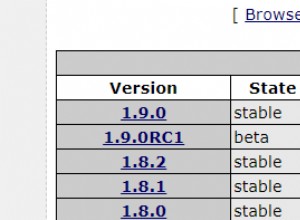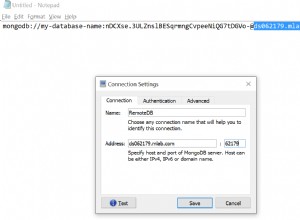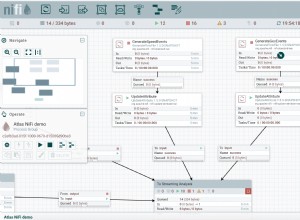Ci sono alcuni modi per avvicinarsi a questo a seconda della quantità di dati che devi elaborare. Puoi utilizzare il Strutture di aggregazione in MongoDB 2.2+, o possibilmente Map/Reduce . Vedi Confronto dei comandi di aggregazione per un riepilogo delle caratteristiche e delle limitazioni.
Ecco un esempio che utilizza il Framework di aggregazione:
db.fruit.aggregate(
// Limit matching documents (can take advantage of index)
{ $match: {
"_id" : ObjectId("52c1d909fc7fc68ddd999a73")
}},
// Unpack the question & answer arrays
{ $unwind: "$questions" },
{ $unwind: "$questions.answers" },
// Group by the answer values
{ $group: {
_id: "$questions.answers.answer",
count: { $sum: 1 }
}}
)
Per il tuo documento di esempio questo restituisce:
{
"result" : [
{
"_id" : "banana",
"count" : 1
},
{
"_id" : "apple",
"count" : 2
}
],
"ok" : 1
}




